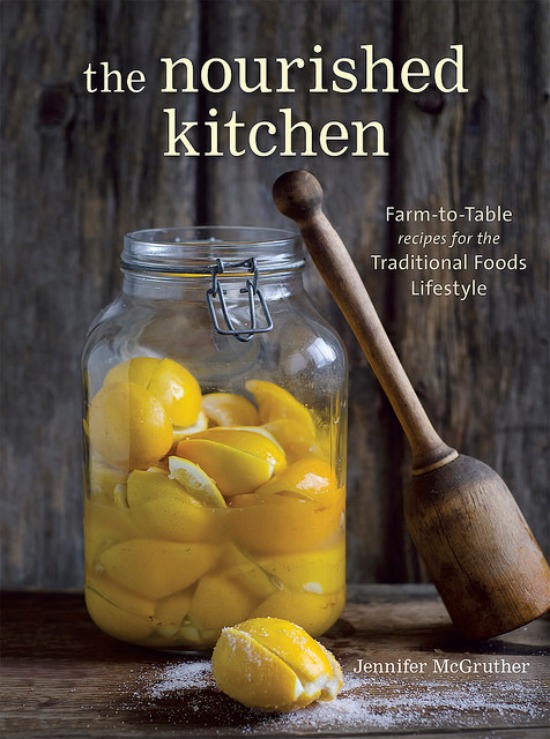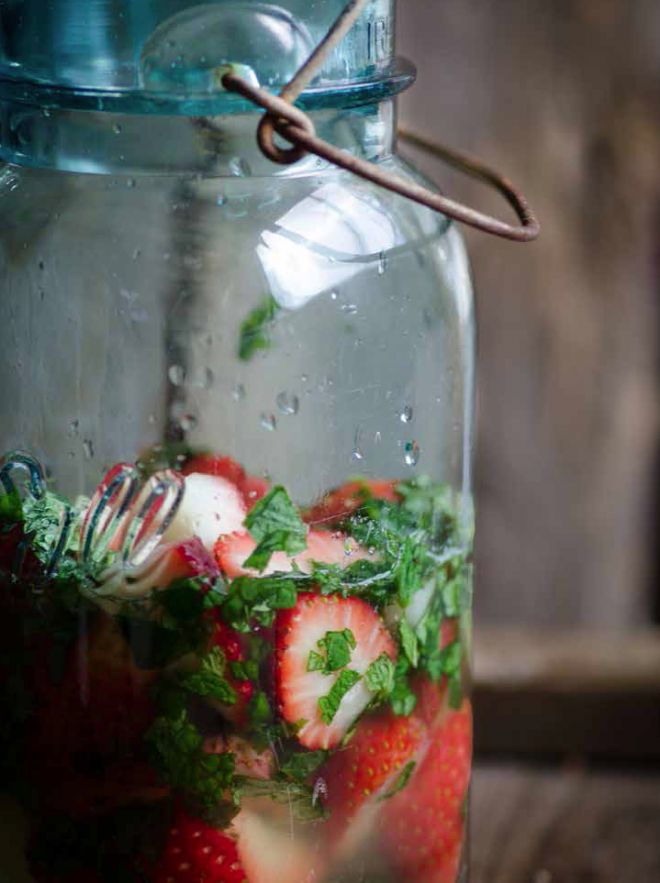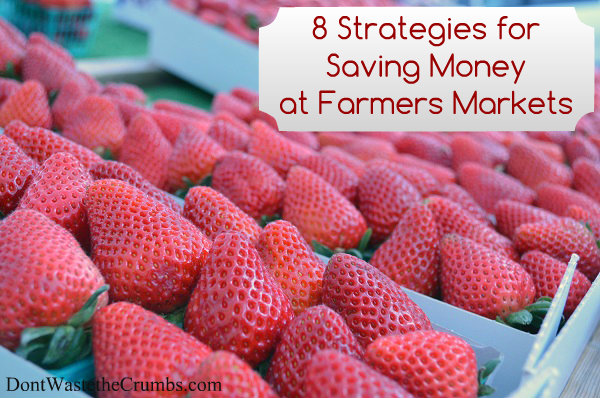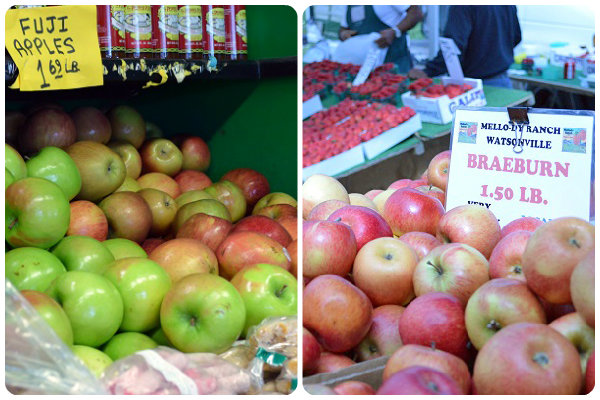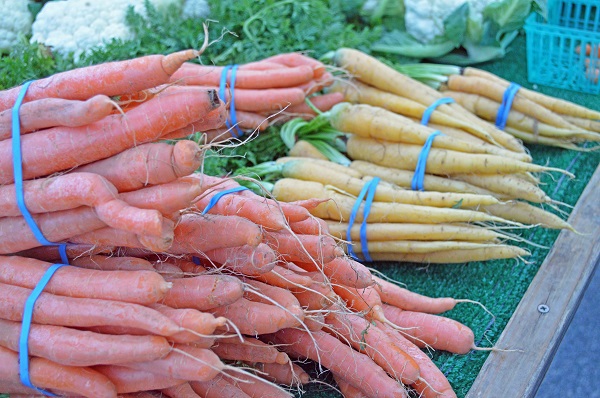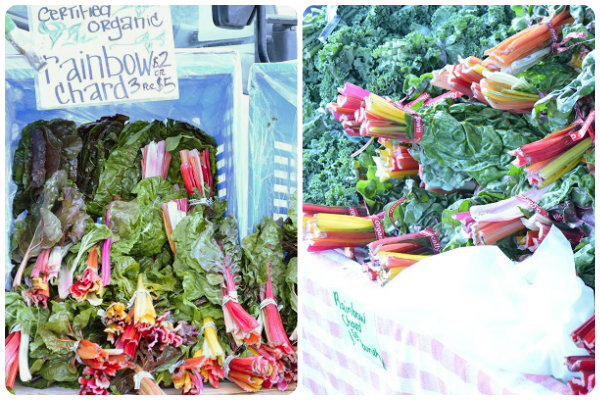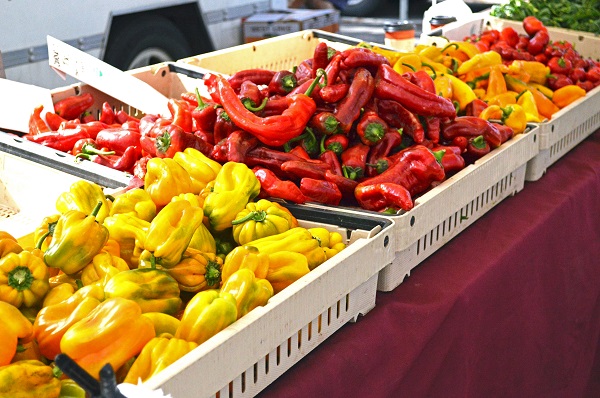When I first started my real food journey, I was searching for seasoned real foodies to help me learn how to incorporate this new way of living into simple, delicious recipes that my family would enjoy.
That’s when I discovered Jenny at Nourished Kitchen.
Her beautiful site not only helped me to hone my traditional food preparation skills through her comprehensive easy-to-follow eCourses and blog posts, but her recipes have continued to be a source of inspiration and enjoyment each time they grace our table.
So of course, I couldn’t be more excited to share with you the wonderful news … Jenny has put together a traditional foods masterpiece with the launch of her beautiful new cookbook – The Nourished Kitchen: Farm-to-Table Recipes for the Traditional Foods Lifestyle.

Jenny McGruther of the Nourished Kitchen blog
Quoting Jenny … “The Nourished Kitchen is an exploration of the deep connection between how food is grown, how it is prepared, how it nourishes our bodies and how it supports our communities. And in it, I wanted to emphasize the critical importance of sustainable, pasture-based farming and traditional methods of food preparation.”
One of the things I love most about Jenny’s cookbook (and her blog) is that it’s far more than a collection of delicious, healthy real food recipes – although you will most certainly find those in abundance. Instead, her approach is to help us build a foundation of knowledge about the connection between what we eat and how it impacts our health and our world, while also advancing an atmosphere of community that serves to encourage and inspire us all.
A perfect example of Jenny’s all-inclusive approach to the real food lifestyle is in how she has arranged the chapters within her book. Each walks the reader through the various avenues of real food – from the garden, the pasture and the range; to the fields, the wild and the orchard.
And speaking as someone who’s gluten-free/grain-free, let me assure you that this book has plenty to offer for everyone. With more than 160 recipes in this book, there is a wealth of delicious, healthy recipes that we can all enjoy, no matter what our dietary preferences!
Personally, one of my favorite chapters is “From the Larder.” As strange as this title may sound, it’s a chapter devoted to the art of fermentation. A method of preserving and transforming real foods into culture-rich dishes that help to nourish and heal our guts and bodies. With recipes for sauerkraut, pickles and relishes, to classic fermented beverages such as kombucha, water kefir and kvass, Jenny shares the centuries-old process of fermentation in a simple, straightforward manner that makes it easy for even the novice.
Two additional chapters near and dear to my heart are “From the Orchard” and “From the Garden.” As you all know, my affinity for berries and summertime fruits is only matched by my love for garden-fresh veggies. Jenny covers both with recipes that are simple, yet elegantly complex in flavor, such as her scrumptious Strawberries in Minted Honey Syrup recipe (shown in photo above).
Having the privilege of reviewing this beautiful book has been a special blessing since Jenny has been (and continues to be) such a source of inspiration to me and so many others. And after taking time to pour over each page of this beautiful book, and to enjoy several of the recipes she shares within its pages, I cannot recommend The Nourished Kitchen enough. It truly is a masterpiece that deserves a special place in every real foodie’s kitchen.
